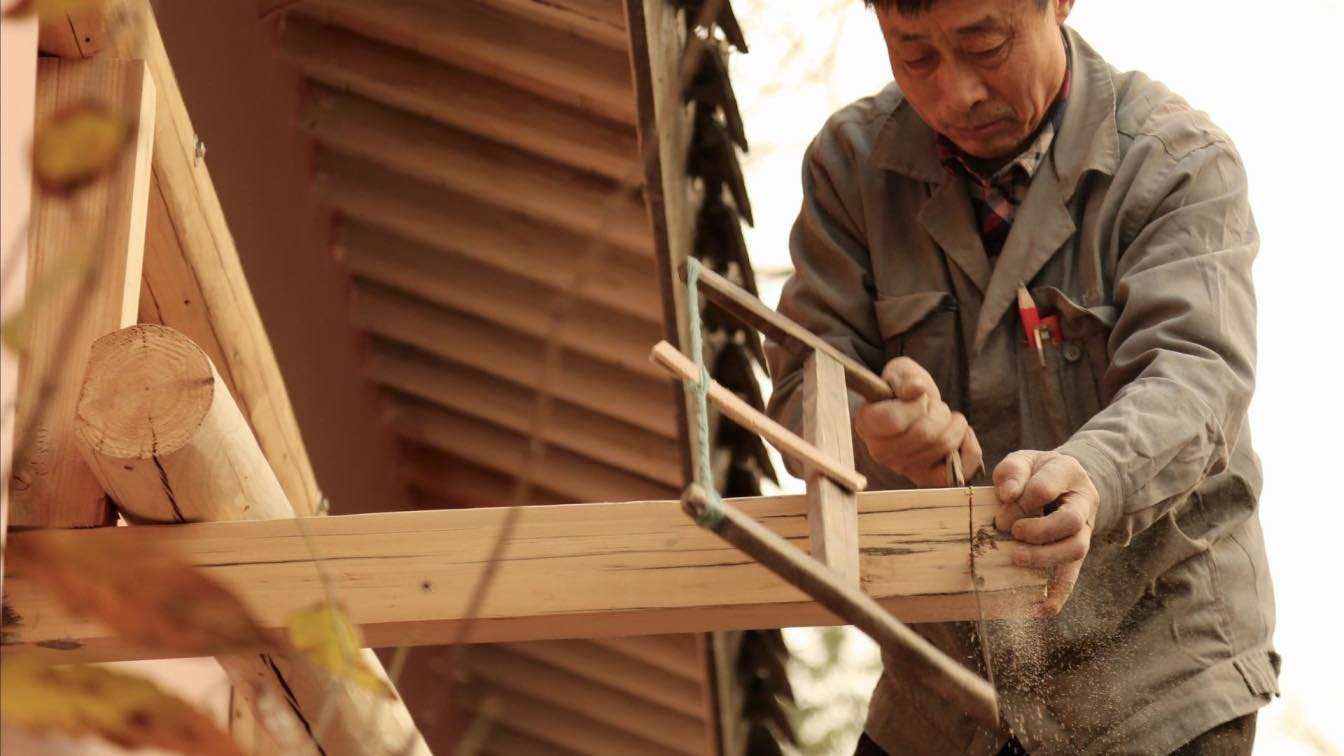Woodcutting is an essential task in many woodworking projects. It can be as simple as cutting a piece of wood to length or as complex as making intricate cuts for joints. To ensure that your cuts are accurate, clean and safe, it is important to use the right type of saw. In this article, we will explore the different types of saws available for cutting wood and help you determine which saw is best for your needs.
Hand Saws
Hand saws are the most basic type of saws and are perfect for small, simple cuts. They are affordable, lightweight and easy to use, making them ideal for DIY projects around the house. Hand saws come in various types, including cross-cut saws, rip saws and backsaws.
Cross-cut saws are designed for cutting across the grain of wood, while rip saws are designed for cutting along the grain. Backsaws have a stiffening rib on the back of the blade, which helps to keep the saw blade straight and prevents it from bending during use.
Hand saws are best suited for cutting softwoods, such as pine and spruce, and are not suitable for cutting hardwoods, such as oak and maple. They are also not ideal for making precise cuts, but they are great for rough cuts or for cutting small pieces of wood to size.
Power Saws
Power saws are designed to make cutting wood easier and faster. They can be powered by electricity or battery, and they come in a variety of shapes and sizes. Some of the most common types of power saws include circular saws, jigsaws, reciprocating saws, and metre saws.
Circular saws are versatile saws that can be used for both rough and precise cuts. They are available in both corded and cordless versions and can be used to cut straight lines, curves, and angles. They are best suited for cutting thicker pieces of wood and are ideal for making rough cuts.
Jigsaws are suitable for creating complex cuts in wood. They are available in both corded and cordless versions and are great for making curves, angles, and other complex shapes. They are also ideal for cutting thin pieces of wood or for making detailed cuts.
Reciprocating saws are designed for cutting through tough materials, such as nails and screws. They are ideal for demolition work and for cutting through wood that has been nailed or screwed together. They are not ideal for making precise cuts, but they are great for rough cuts or for cutting through thick pieces of wood.
Meter saws are designed for making precise cuts at specific angles. They are ideal for cutting moulding, trim, and other pieces that require precise angle cuts. They are available in both corded and cordless versions and come in different sizes, including 8-inch, 10-inch, and 12-inch saws.
Top Rated Miter Saws
When considering miter saws, there is a wide range of options available in the market. Some of the top rated miter saws include the DEWALT DWS779 12-Inch Sliding Compound Miter Saw, the Bosch CM12SD 12-Inch Dual-Bevel Slide Compound Miter Saw, and the Hitachi C12RSH 15-Amp 12-Inch Dual-Bevel Sliding Compound Miter Saw.
These saws are known for their accuracy, durability, and ease of use. They are ideal for woodworkers, carpenters, and DIY enthusiasts who need to make precise cuts at specific angles. When choosing a meter saw, it is important to consider the size of the blade, the type of cuts you will be making, and the power source.
Final Thoughts
In conclusion, the type of saw you need to cut wood will depend on the type of project you are working on, the size of the pieces you are cutting, and the level of precision you require. Hand saws are great for small, simple cuts, while power saws are ideal for larger projects and more complex cuts. Meter saws are the best option for precise angle cuts, while circular saws are versatile and can be used for both rough and precise cuts.





